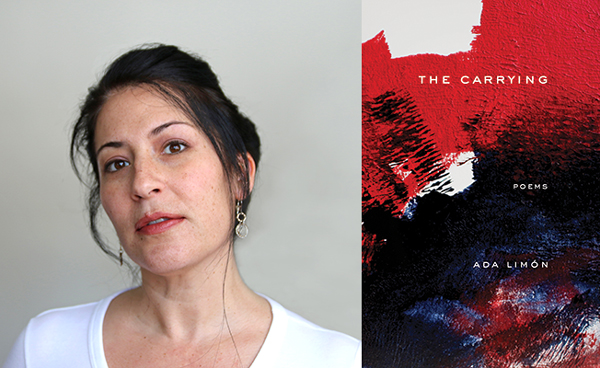
As Latino enrollment reaches record highs, UC celebrates National Hispanic Heritage Month
As part of its appreciation for Latino contributions to the University, UC has updated its wordmark across digital platforms and the UniversityofCalifornia.edu website to “Universidad de California” for the second consecutive year.
Five out of nine undergraduate UC campuses have secured federal designations as Hispanic-Serving Institutions (HSIs): UC Irvine, UC Merced, UC Riverside, UC Santa Barbara and UC Santa Cruz. The remaining four undergraduate campuses, UC Berkeley, UC Davis, UCLA and UC San Diego, are emerging HSIs, deemed as institutions with 15 to 24 percent Latino undergraduate enrollment, as defined by Excelencia in Education, a national nonprofit dedicated to Latino and Hispanic student success in higher education.
“The University of California was created to serve the people of the Golden State by increasing economic and social mobility, teaching our future entrepreneurs and innovators, and building a student body that reflects all of California’s communities. Today, Latinos at UC make up one-in-three first-year admits, the largest proportion of domestic community college transfers, the second-largest demographic group, and half of first-generation students. We look forward to building on this progress and honoring the achievements of our Latino community throughout this month.”
– Jorge Silva, associate vice president for Communications, UC Office of the President
Marking Hispanic Heritage Month at UC
- UC’s Lograr.universityofcalifornia.edu website serves as an outreach tool to Spanish speakers
- Over the course of the month, @UofCalifornia will be uplifting efforts across campuses to celebrate Hispanic Heritage Month
- Remembering UCLA’s Latino founder, Reginaldo Francisco del Valle
- What it means to be a Hispanic-Serving System: A Q&A with UC Vice Provost Yvette Gullatt
- Learn more about UC’s Hispanic-Serving Institutions Initiative
Latinos at UC:
- 38.6 percent of California first-year admits in 2024 are Latino.
- Latino students comprise the largest proportion of domestic CCC transfer admits in 2024, increasing to 31.2 percent, up 1.3 percentage points over fall 2023.
- In fall 2023, Latino students at the University of California were the second-largest demographic group (23.3 percent).
- In just the last five years (2019-23) the University of California has admitted an additional 9,227 California resident Latino students over 2019 admission numbers.
- Latino students make up half (50.1 percent) of first-generation college students at the University of California.
- Across our non-academic workforce, Latinos represent over a quarter (28.1 percent) of staff.
- Over the last decade, Latino faculty have grown by 2.6 percentage points — with additional efforts to encourage faculty diversity underway.


